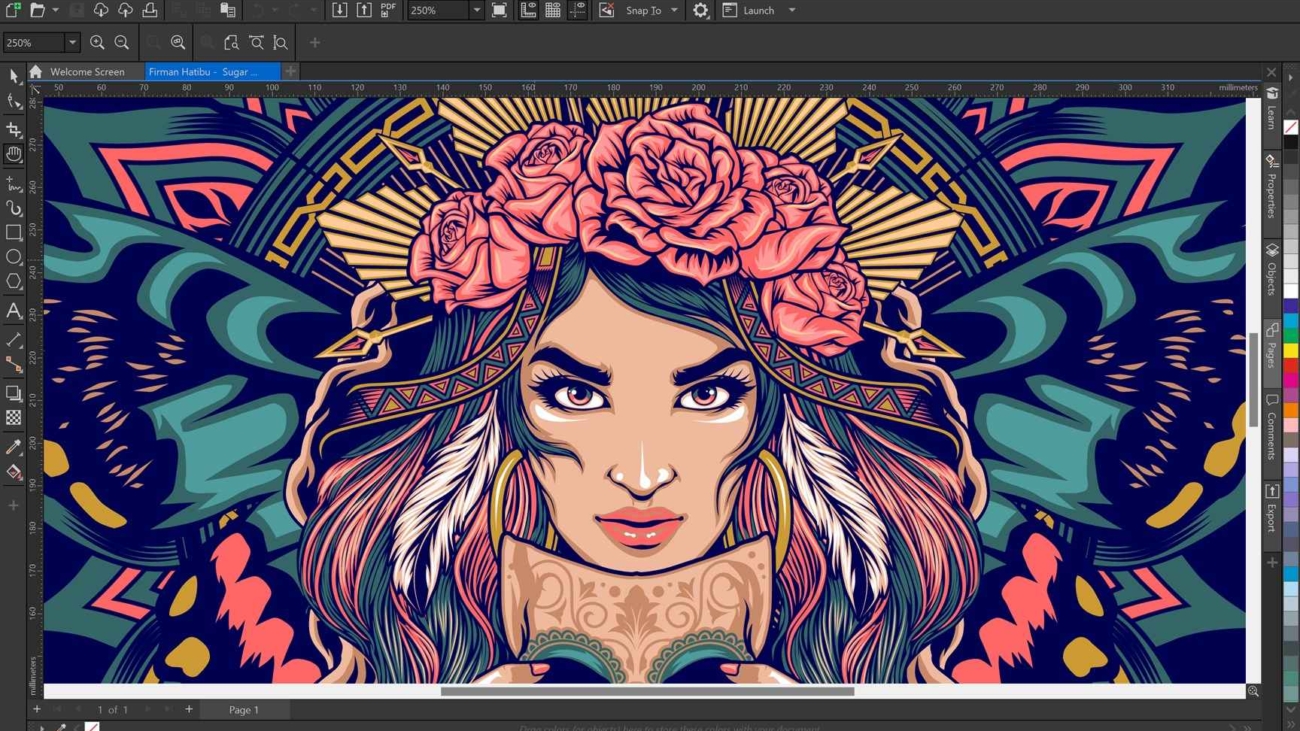Graphic design is an expansive field that combines creativity with technology, allowing individuals to communicate visually. Whether you’re a budding designer or a professional looking to sharpen your skills, continual learning and practice are essential. Here’s how you can build and enhance your graphic design skills to create compelling and effective visual communication.
Understand the Basics of Design:
Before diving into complex design software, it’s important to understand the basic principles of design. This includes the understanding of alignment, contrast, hierarchy, balance, repetition, proximity, and space. These principles are the foundation upon which all good design rests. Study how these principles work together to create clear and cohesive visual messages.
Learn Typography:
Typography is a central skill in graphic design. It’s not just about choosing fonts; it’s about understanding how type affects readability and viewer perception. Learn about font pairing, line spacing, hierarchy, and typography’s role in branding. Pay attention to typefaces in different contexts and see what works and what doesn’t.
Master Design Software:
Proficiency in design software like Adobe Photoshop, Illustrator, or CorelDraw is crucial. Begin with tutorials that cover the basics and then progress to more complex projects that challenge you to use these tools in innovative ways. Remember, software is just a tool; it’s your creative ideas that will make a design stand out.
Practice with Projects:
Theory is important, but practice is paramount. Create your own projects or take on briefs from sites that offer mock design challenges. Experiment with different styles, mediums, and techniques. The more you design, the better you’ll understand how to translate your ideas into effective designs. Try to get projects designing custom labels, or printed media.
Study the Work of Others:
Analyzing the work of successful designers can provide a wealth of knowledge. Look at various design portfolios, websites, and books. Dissect what you like and don’t like about their work, and try to understand the rationale behind their design choices.
Seek Feedback:
Feedback is a powerful tool for improvement. Present your work to peers, mentors, or online communities and be open to criticism. Learning to accept and use feedback effectively can dramatically improve your design skills.
Keep Up with Trends:
Design is an ever-evolving field with trends that come and go. While it’s essential to have your own style, being aware of current trends is important. This doesn’t mean you have to follow every trend, but understanding what’s current will keep your designs relevant.
Cultivate Related Skills:
Graphic design doesn’t exist in a vacuum. Skills in photography, writing, and marketing can all enhance your design expertise. Understanding these related areas can lead to more holistic and effective design solutions.
Experiment and Reflect:
Don’t be afraid to experiment with unconventional ideas or combinations. Sometimes the best solutions come from the least expected places. After each project, reflect on what you’ve learned, what you could improve, and how you could approach a similar problem differently in the future.
Build Your Portfolio:
As you develop your skills, compile your best work into a portfolio. A strong portfolio is crucial for a graphic designer as it showcases your skills and style to potential clients or employers.
Stay Curious and Keep Learning:
Finally, maintain a sense of curiosity and a desire to keep learning. Whether it’s a new software update, a webinar on design theory, or a local art exhibition, stay engaged with the creative world around you.
Conclusion:
Building your graphic design skills is a journey of continuous learning and practice. It requires a solid understanding of the fundamentals, a willingness to experiment, and an openness to feedback. By honing your skills, keeping up with industry trends, and engaging with the design community, you can craft compelling visual communications and have a fulfilling career in the ever-dynamic field of graphic design.


